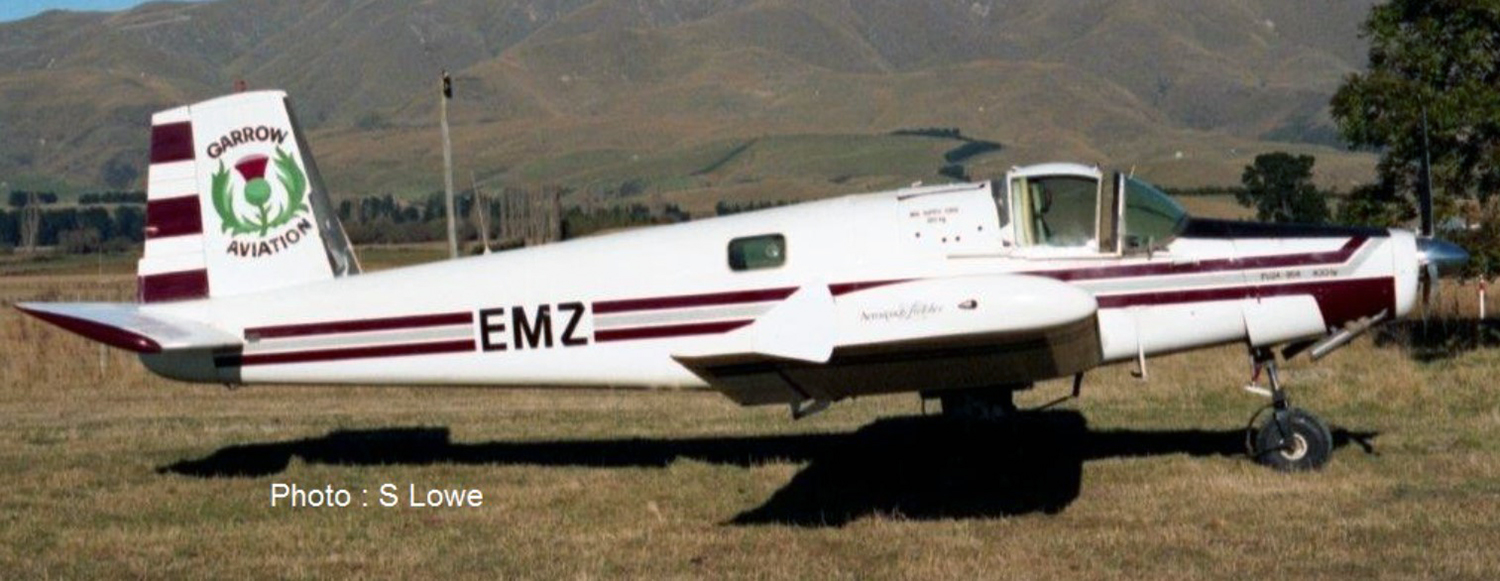Crash of a PZL-Mielec AN-2R near Kugesi: 2 killed
Date & Time:
Jul 21, 1989 at 1601 LT
Registration:
CCCP-31496
Survivors:
No
MSN:
1G199-05
YOM:
1982
Crew on board:
2
Crew fatalities:
Pax on board:
0
Pax fatalities:
Other fatalities:
Total fatalities:
2
Aircraft flight hours:
2739
Aircraft flight cycles:
11251
Circumstances:
The crew was completing a spraying mission on potatoes field for the sovkhoz of 'Novocheboksary' located east of the village of Kugesi, in the suburb of Cheboksary. While flying at a height of 15-20 meters, the single engine aircraft struck power cables, turned to the right and crashed 195 meters further, bursting into flames. Both pilots were killed.
Probable cause:
The crew was flying at a too low altitude and realized the presence of the high tension wires too late to avoid a collision.








